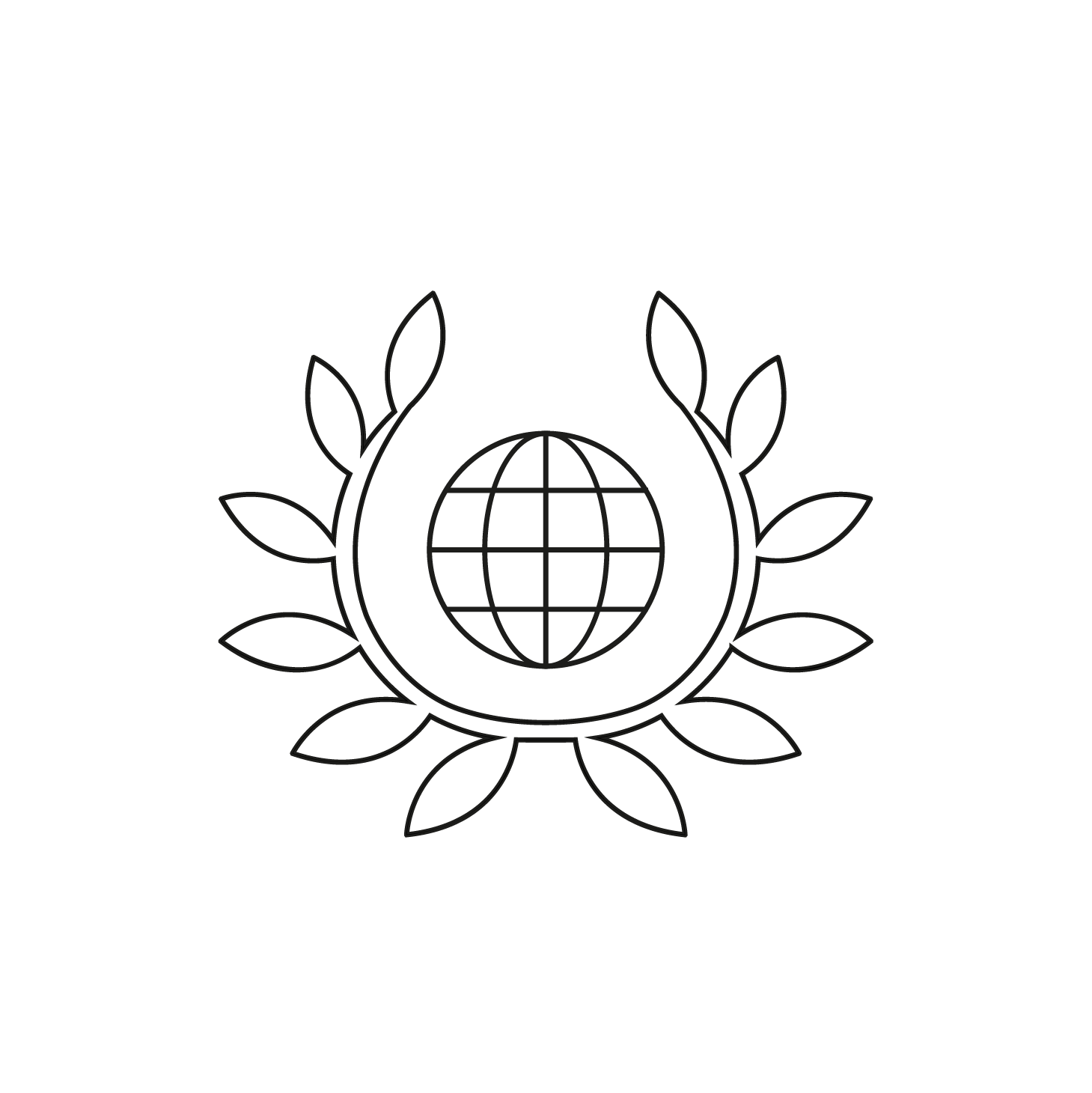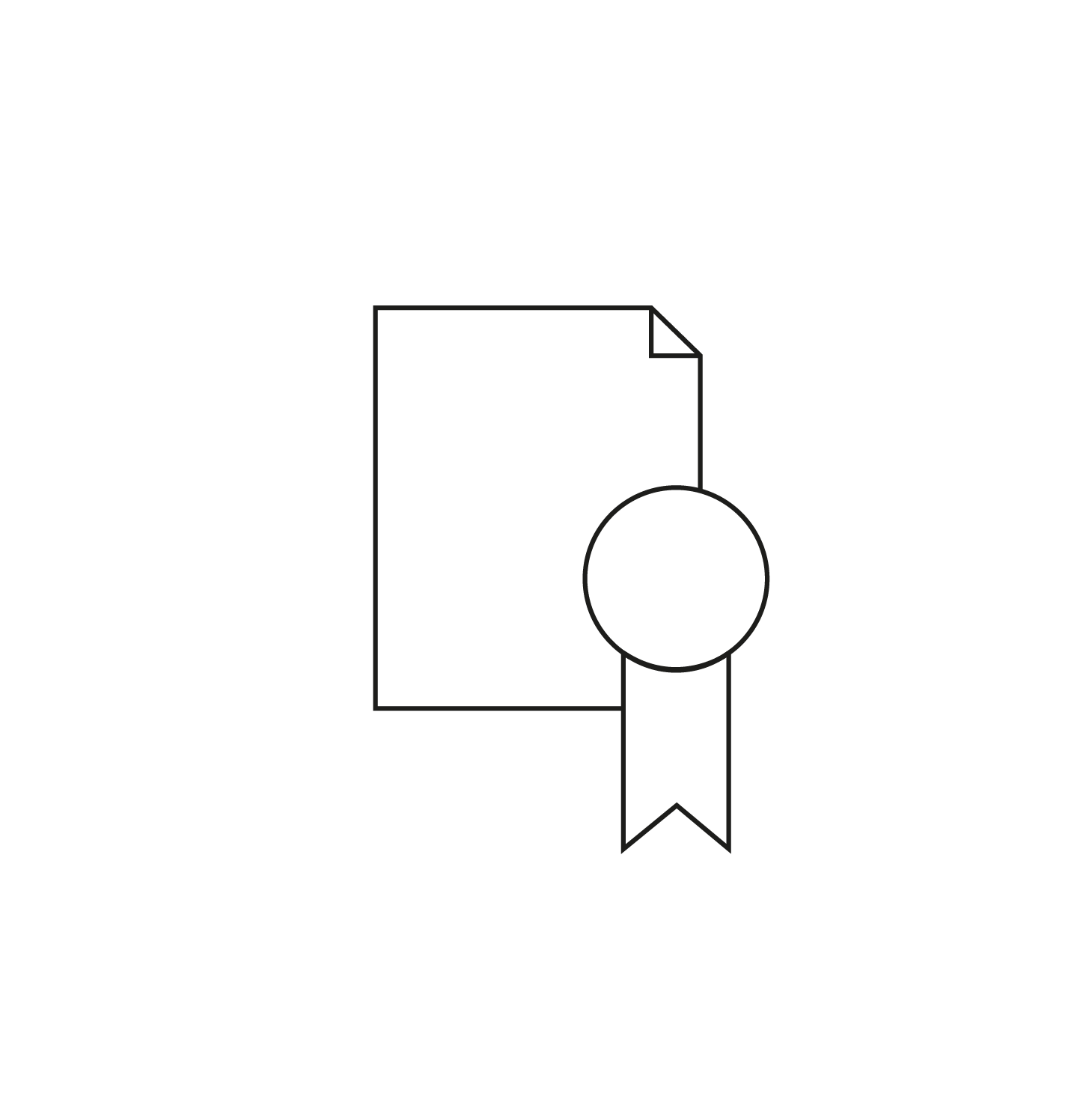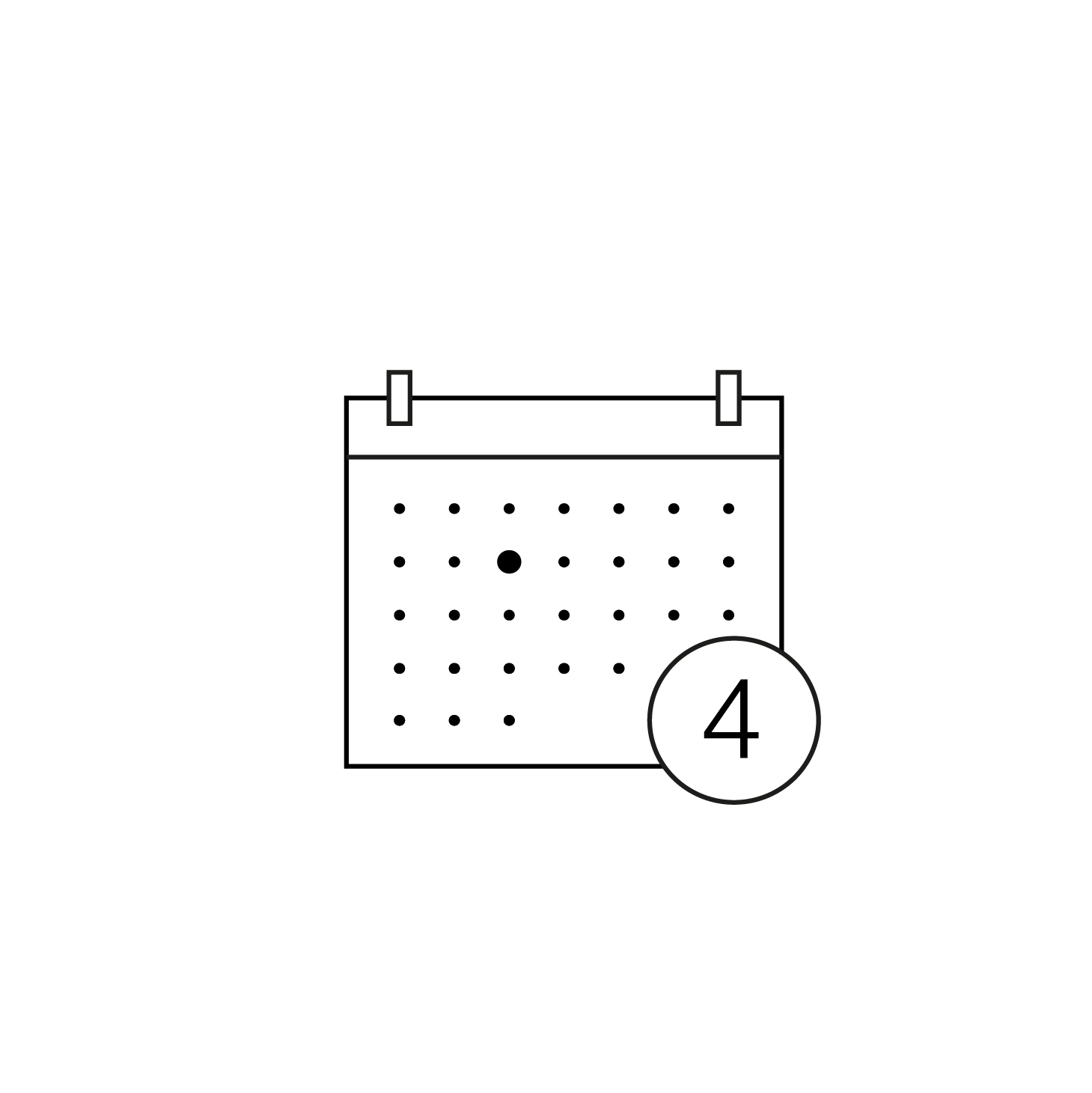/**/
@media screen and (max-width:600px){.cv1 iframe{height:200px;width:auto;margin:auto;}}
@media screen and (min-width:610px){.cv1 iframe{height:360px;width:80%;margin:auto;}}
BFM Paris – Aguttes, auction of 24 October 2016
Considered one of the leading figures of modern Vietnamese art and the son of the Viceroy of Tonkin, Le Pho was born in 1907 in Haidong, northern Vietnam. He soon showed an apparent interest for the arts and attended the Superior Fine Arts School of Indochina.
There he met Victor Tardieu, the institution’s founder, director, and professor, who was to have a lasting influence on Le Pho. Courses at EBAI (École des Beaux-Arts d’Indochine) introduced students to western art and techniques, such as oil paint on canvas. It also encouraged pupils to maintain a real Asian and Vietnamese identity in terms of style and creative process, such as with painting on silk or using lacquer, taught by the likes of Joseph Inguimberty, who greatly cared for these media. He was to be a decisive influence on Le Pho.
In 1931, Victor Tardieu, taken by the young Vietnamese artist’s talent, decided to make him his assistant for the 1931 Colonial Exhibition in Paris. This is how Le Pho set off on a two-year journey in France and through a part of Europe, including Belgium, Italy, and the Netherlands. This allowed him to gain knowledge of western art while directly engaging in it before returning to his home country. On a trip to Beijing in 1934, Le Pho discovered traditional Chinese painting, which also had a lasting effect on his work.
Le Pho returned to Paris in 1937, where he settled and lived until the end of his life. Established within the modern art avantgarde, he developed a very personal style rich in references.
Endowed with an astonishing ability to absorb and assimilate, Le Pho created a very original synthetic form of art which continuously developed throughout his career. He slowly steered away from classical Chinese and Italian Renaissance traditions to assert his kinship with more recent artists such as Puvis de Chavannes or Pierre Bonnard. His oeuvre can in fact be divided into two periods.
His first, more classical period goes up to circa 1945. He painted figures, scenes, still-lifes in ink and color on silk with a technique hailing directly from traditional Chinese painting. This tradition can also be detected in the figures’ idealized faces, their gentle gestures and typically Asian features. Chinese art culture was a resounding influence in the painter’s compositions at the time.
His second artistic period was characterized by his style becoming more “modern.” Steeped in his everyday surroundings in French and overall western culture, Le Pho was to change his manner with more visible, disunified, “impressionistic” brushstrokes, as well as with a form of liveliness and intense, bright colors in his compositions, in which Pierre Bonnard’s decisive influence began to appear. Le Pho began turning towards the technique of oil on canvas.
Strengthened through his continuously evolving art, Le Pho maintained a very personal and highly recognizable approach. He gained international recognition in his lifetime, and repeatedly exhibited in Algeria and North America in the 1960s, which lead to his international renown. Although Le Pho’s painting has never been forgotten, it has been enjoying rediscovery for a few years now, with collectors across the world showing renewed interest. The results obtained during the last session with two inks sold for €369,750 and €229,500 respectively, bear witness to this.
See more


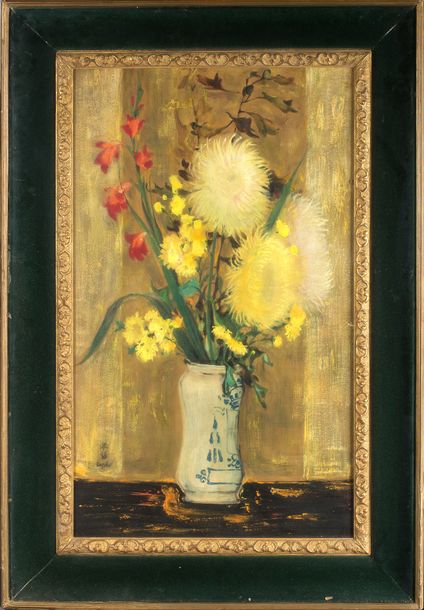
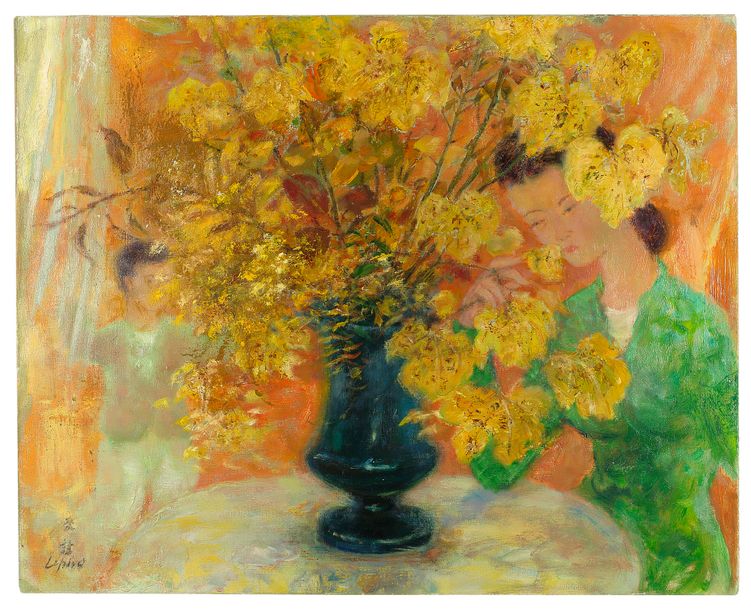


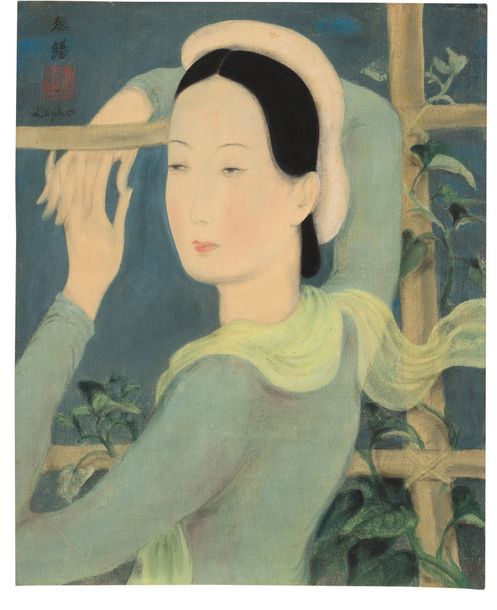

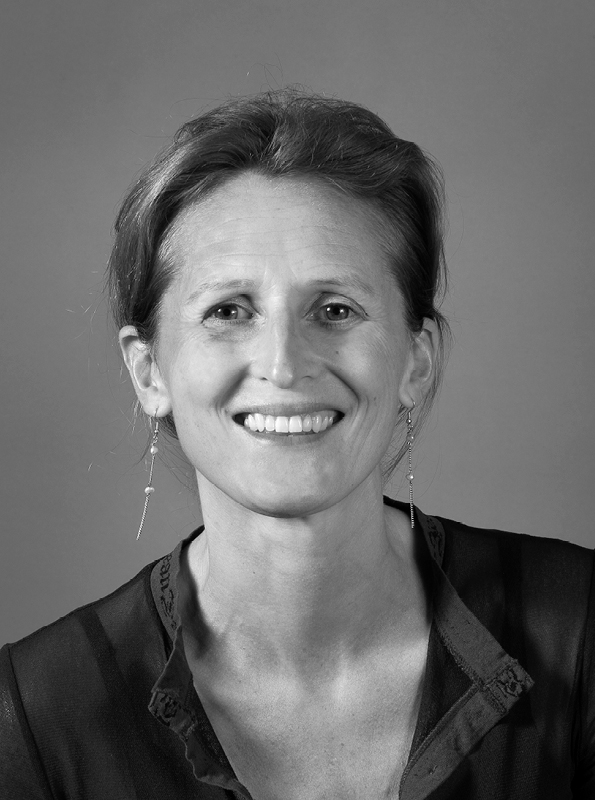
![PEINTRES D'ASIE, ŒUVRES MAJEURES • VENTE [38]](https://cdn.drouot.com/d/image/vente?size=phare&path=78/134916/d155071746784705b81ca19f51f98bd0)


